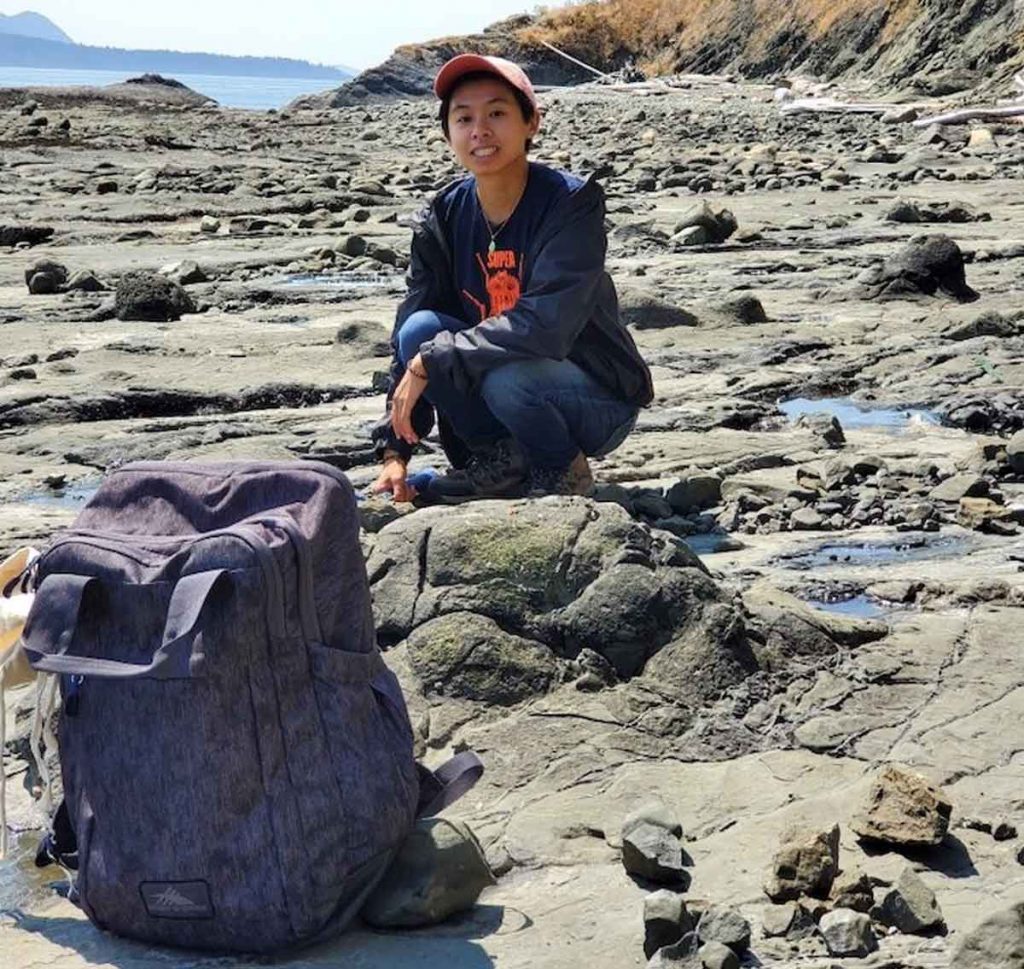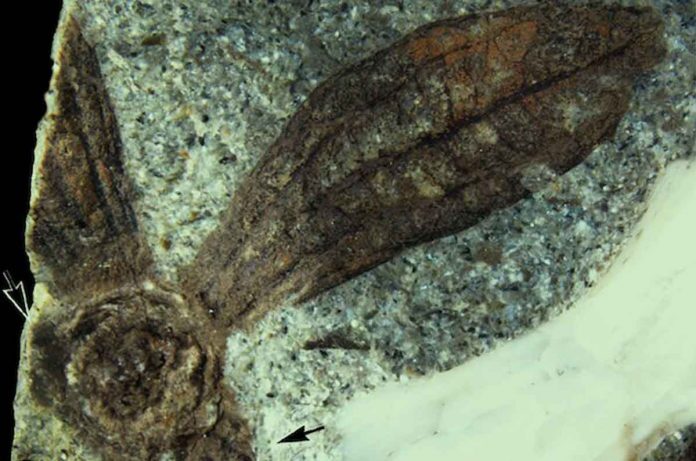A new description of two well-preserved ancient fossil plant specimens is prompting paleobotanists to rethink how plants might have been dispersed during the Late Cretaceous. It was between 66 million and 100 million years ago.
The research has been published in New Phytologist. The study has details of two fossil winged fruits from the genus Ceratopetalum. It was believed to be limited in range to the Southern Hemisphere during the Cretaceous. But the new fossils were found on Sucia Island in Washington state. Paleobotanists are reconsidering how extended their range may have been and how it occurred.
Scientists dubbed the new fossil species Ceratopetalum suciensis after the island in Washington.
Modern versions of the genus Ceratopetalum prevail in the wet tropical rainforests of Australia. There they play a vital role to ecosystems.
These finding are significant as Ceratopetalum and the larger family Cunoniaceae are part of “Paleo-Antarctic Rainforest Lineages”. These plants are thought to have originated in the ancient Gondwanan landmass before spreading northward. Scientists can get a better understanding of how Ceratopetalum extended its range. This will inform scientists how a key larger group of plants widened its range through geologic time.

The new finding highlights new possibilities for a biotic exchange between North America and South America-Antarctica. This may have occurred during the Late Cretaceous.
The Ceratopetalum suciensis fossils were collected on Sucia Island by fossil hunters. Scientists Micro-CT-scanned it at the University of Michigan. Then they analysed layers of the fossil by using a painstaking process. The process it called cellulose acetate peeling technique.
Through these processes, scientists placed the fossils in the genus Ceratopetalum. They raised new questions about how plants spread millions of years ago. They also suggested the Pacific Northwest is a promising region for further work by paleobotanists. The research paper has been published in New Phytologist.

